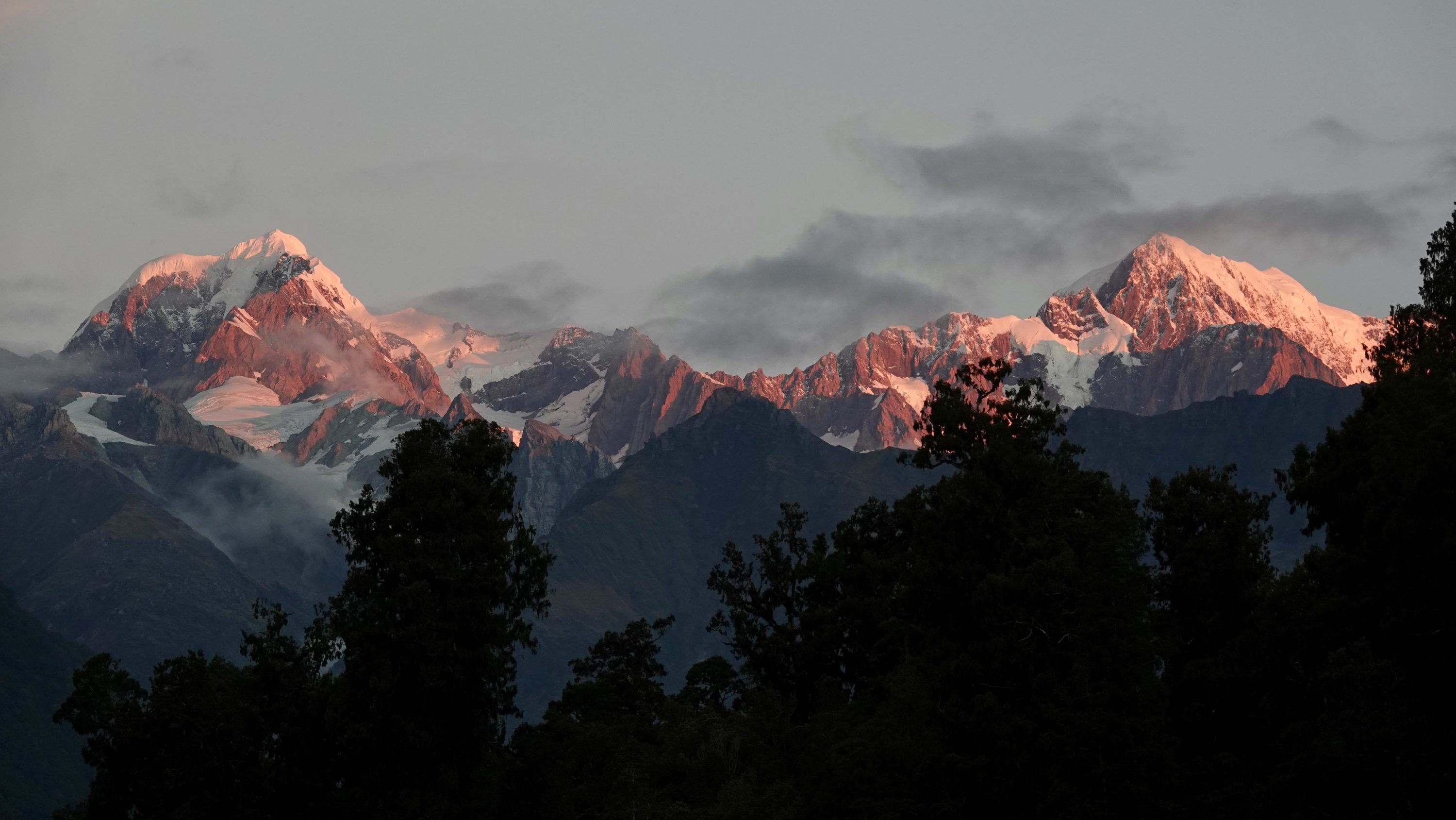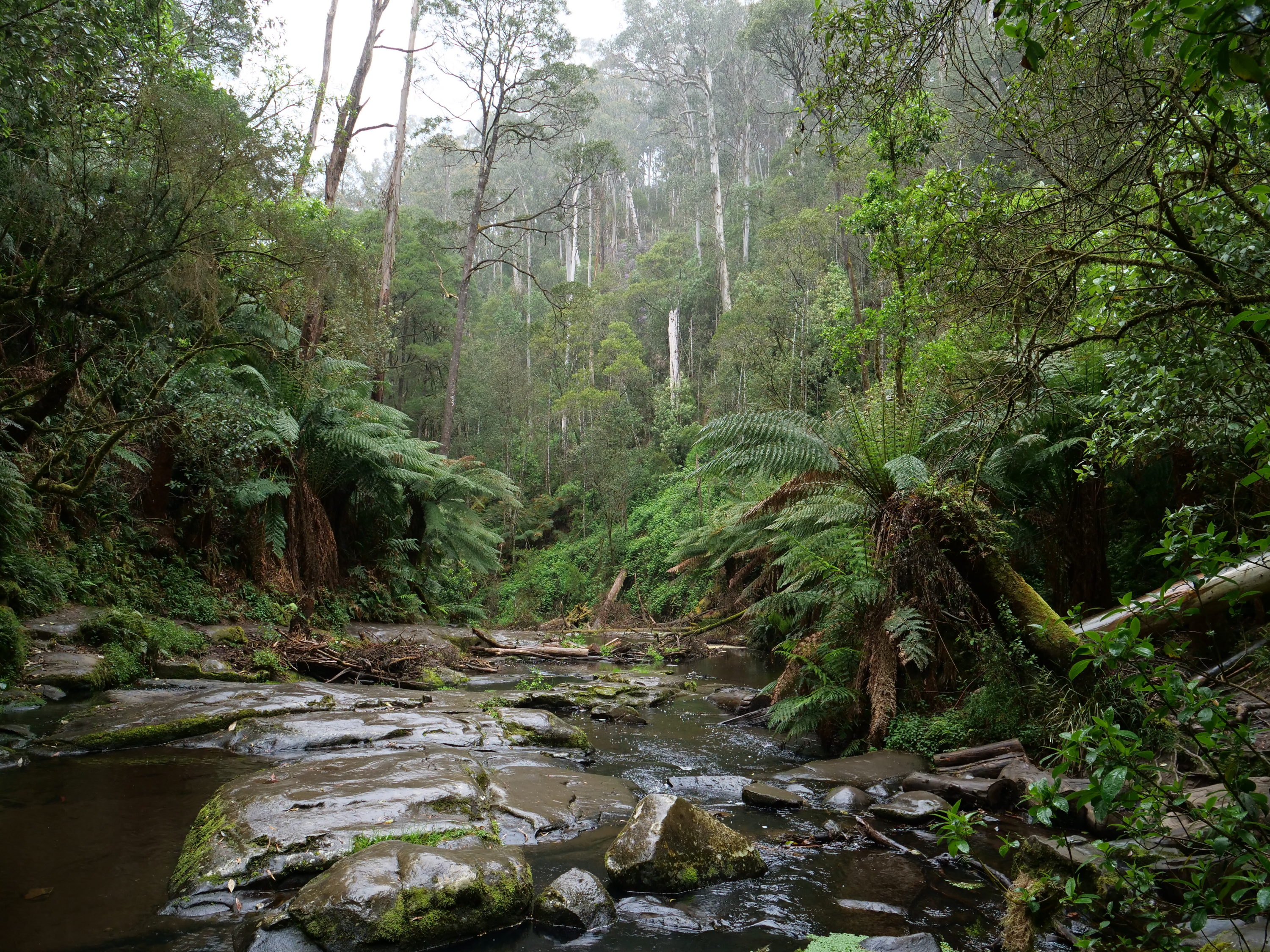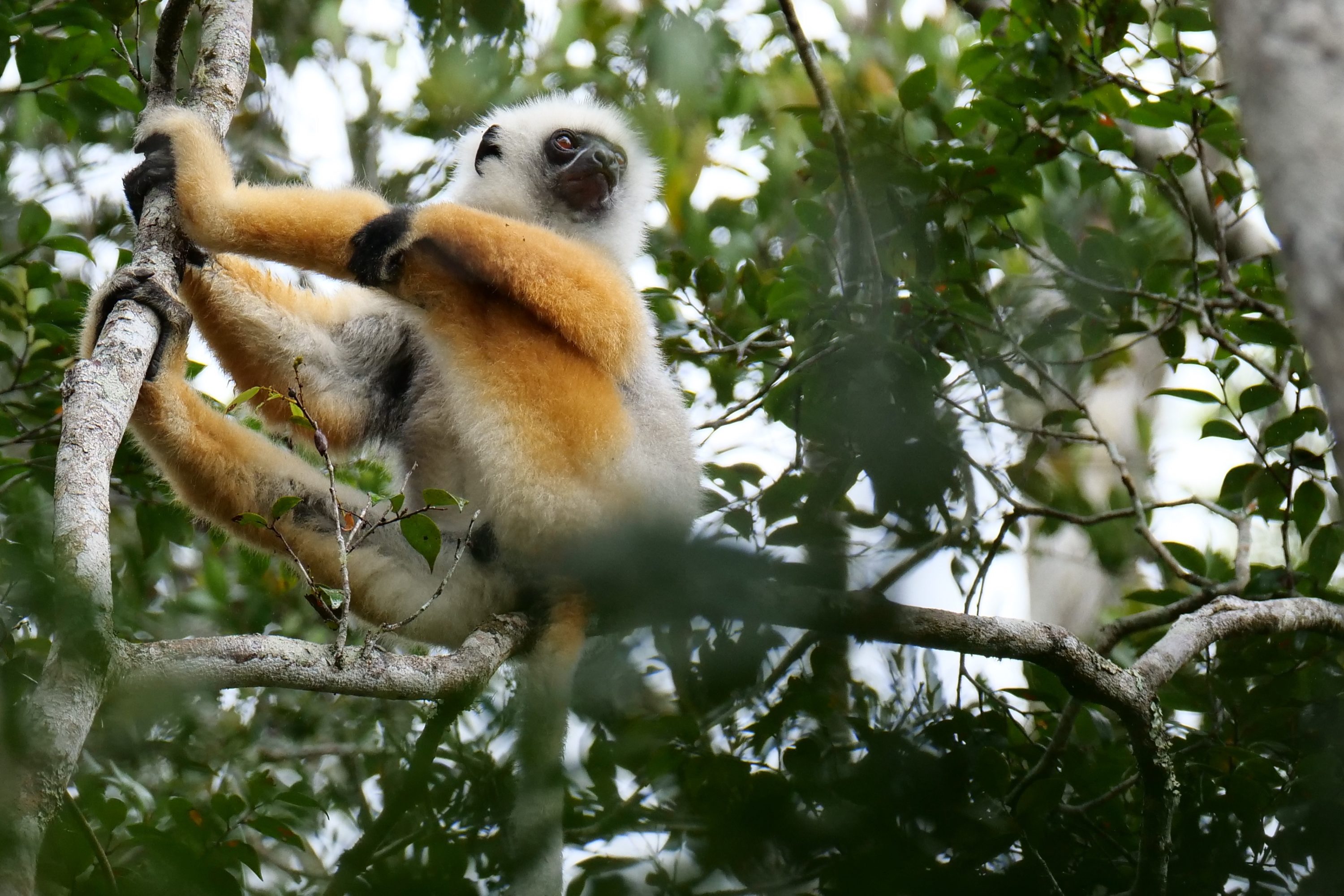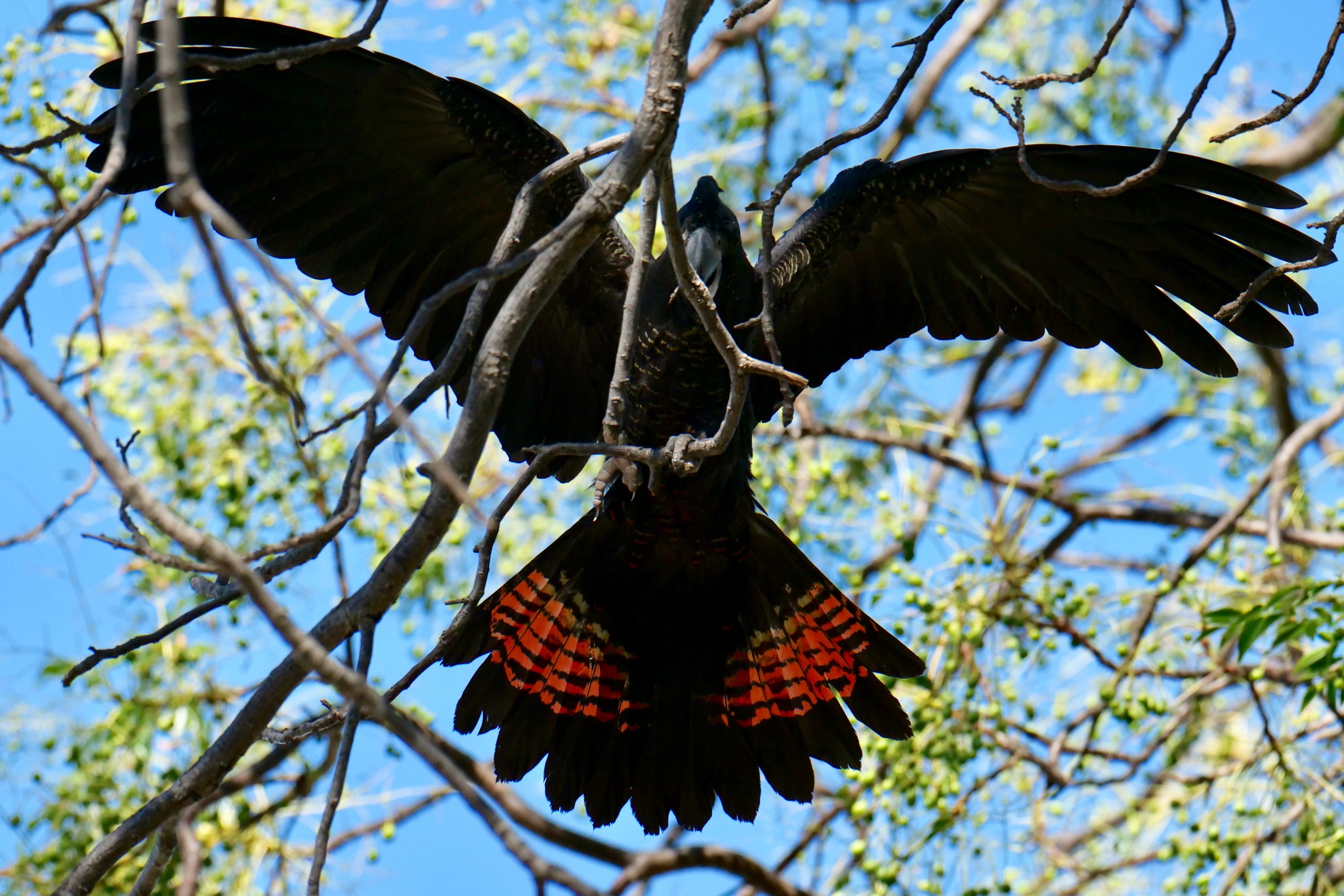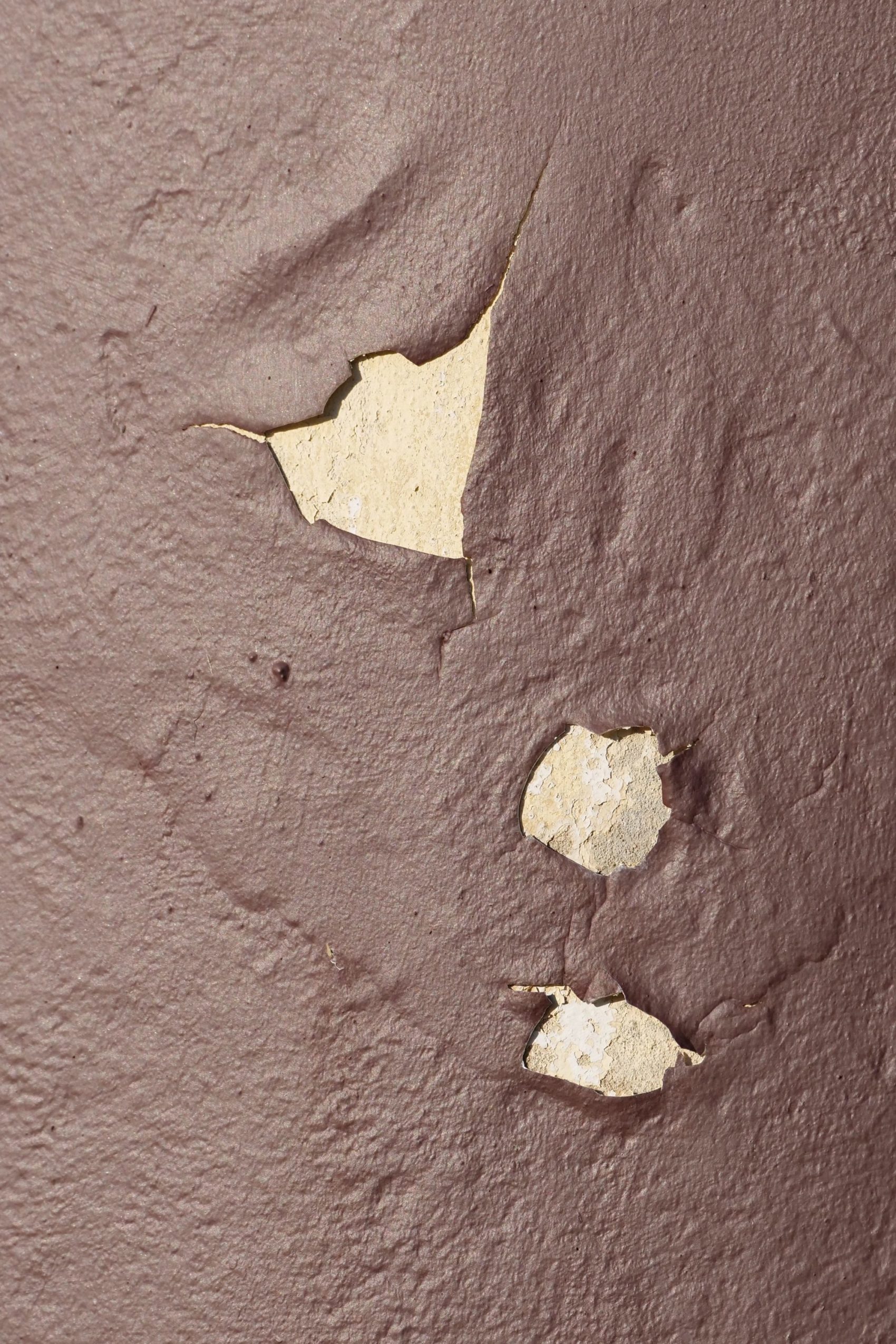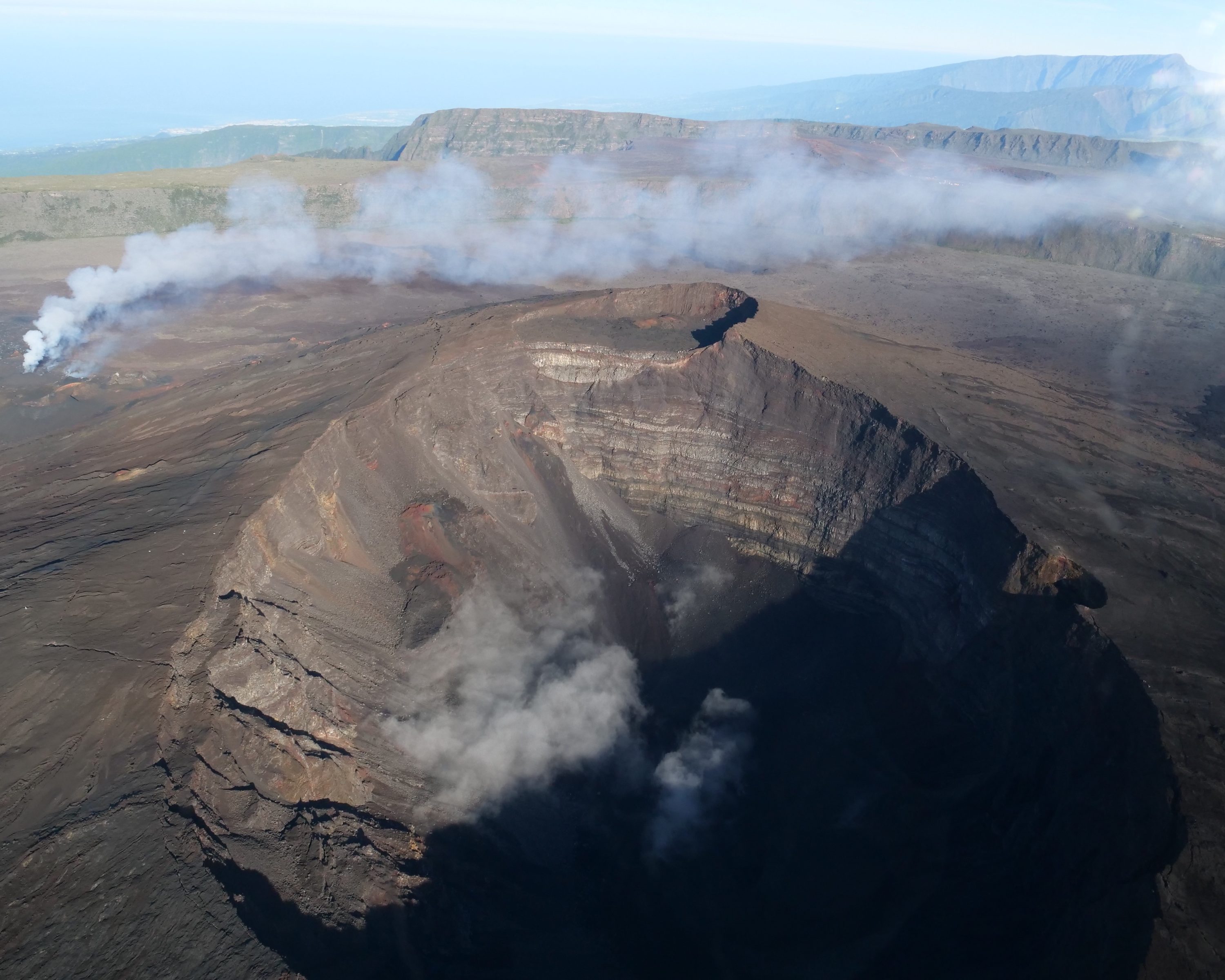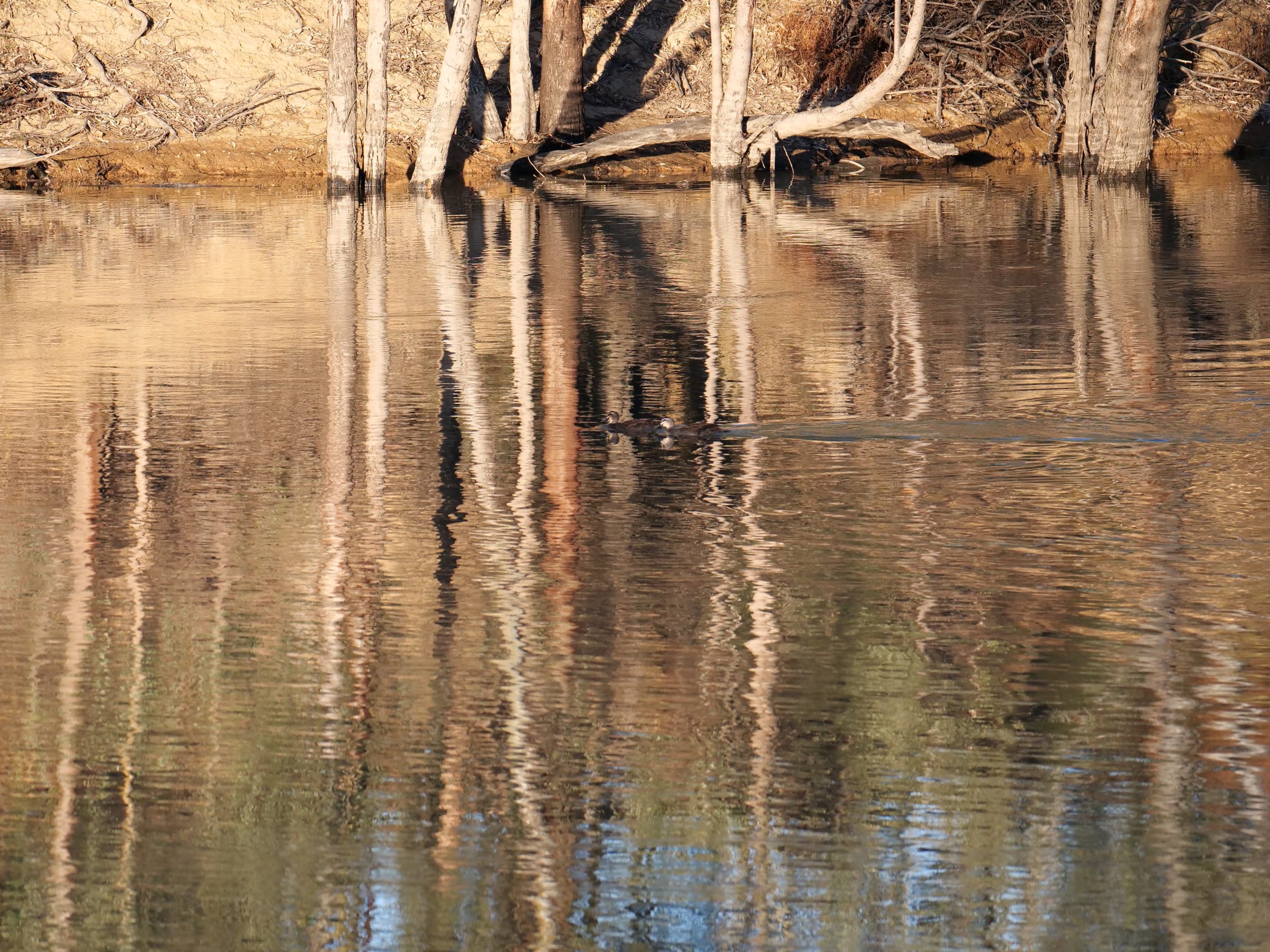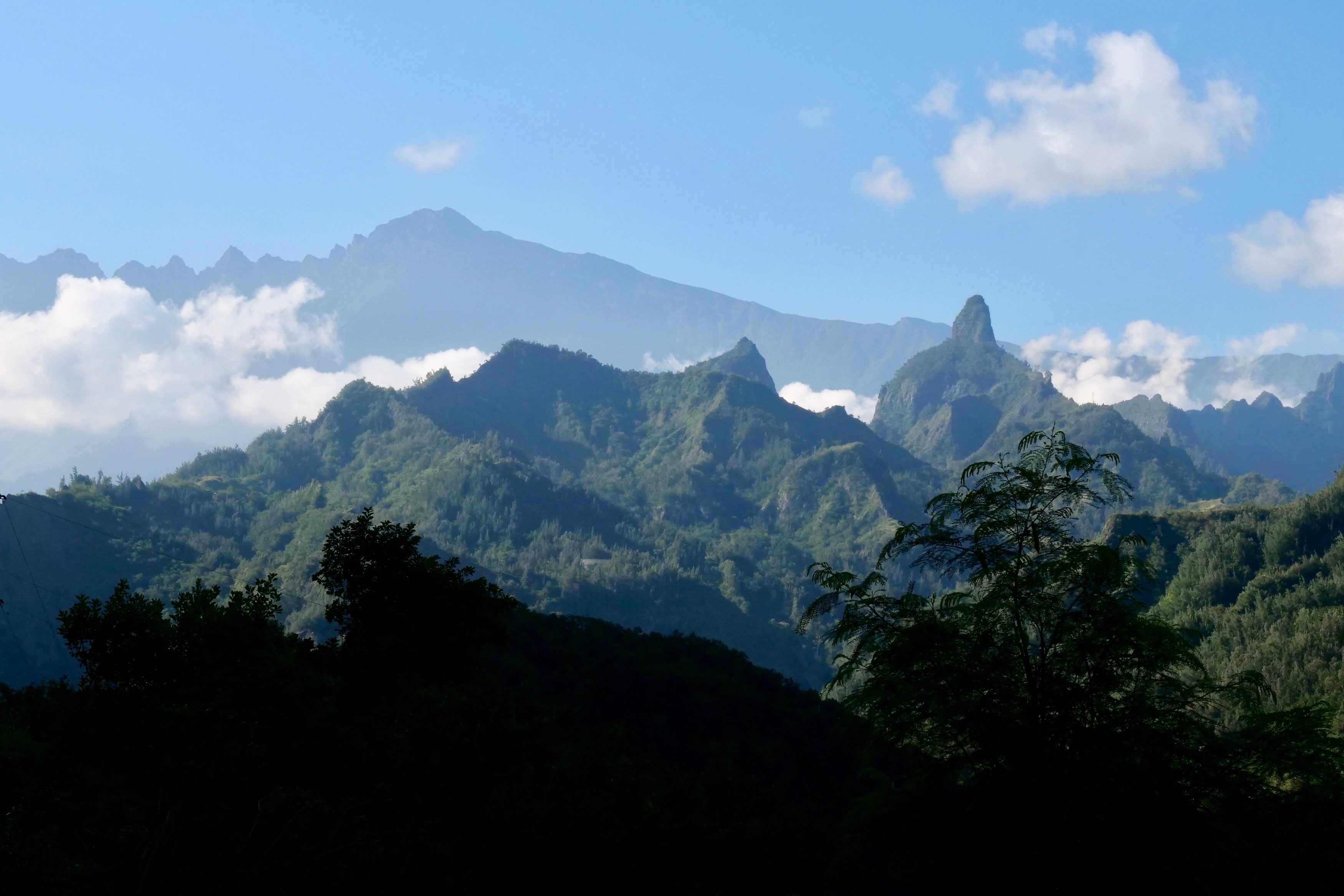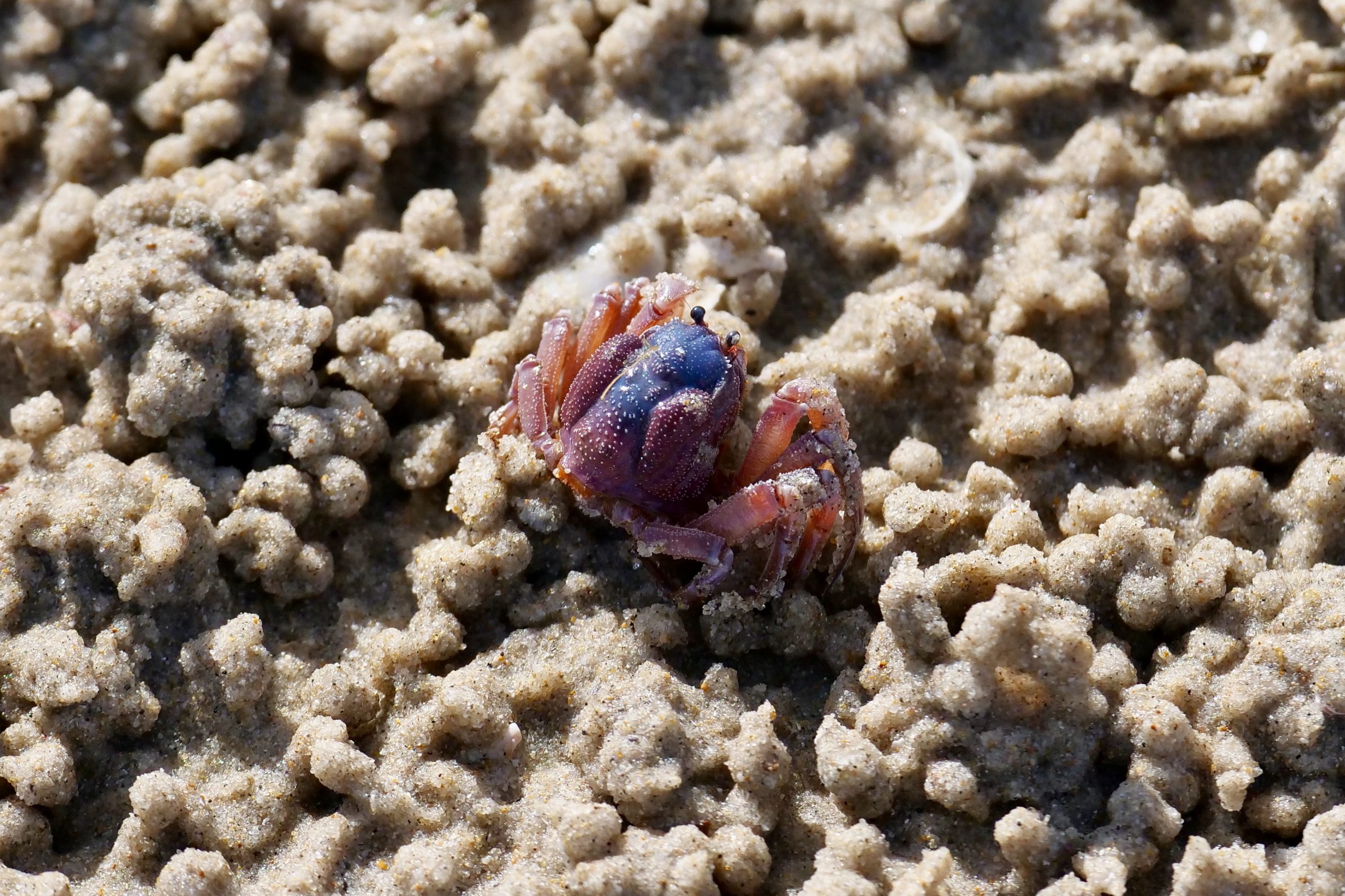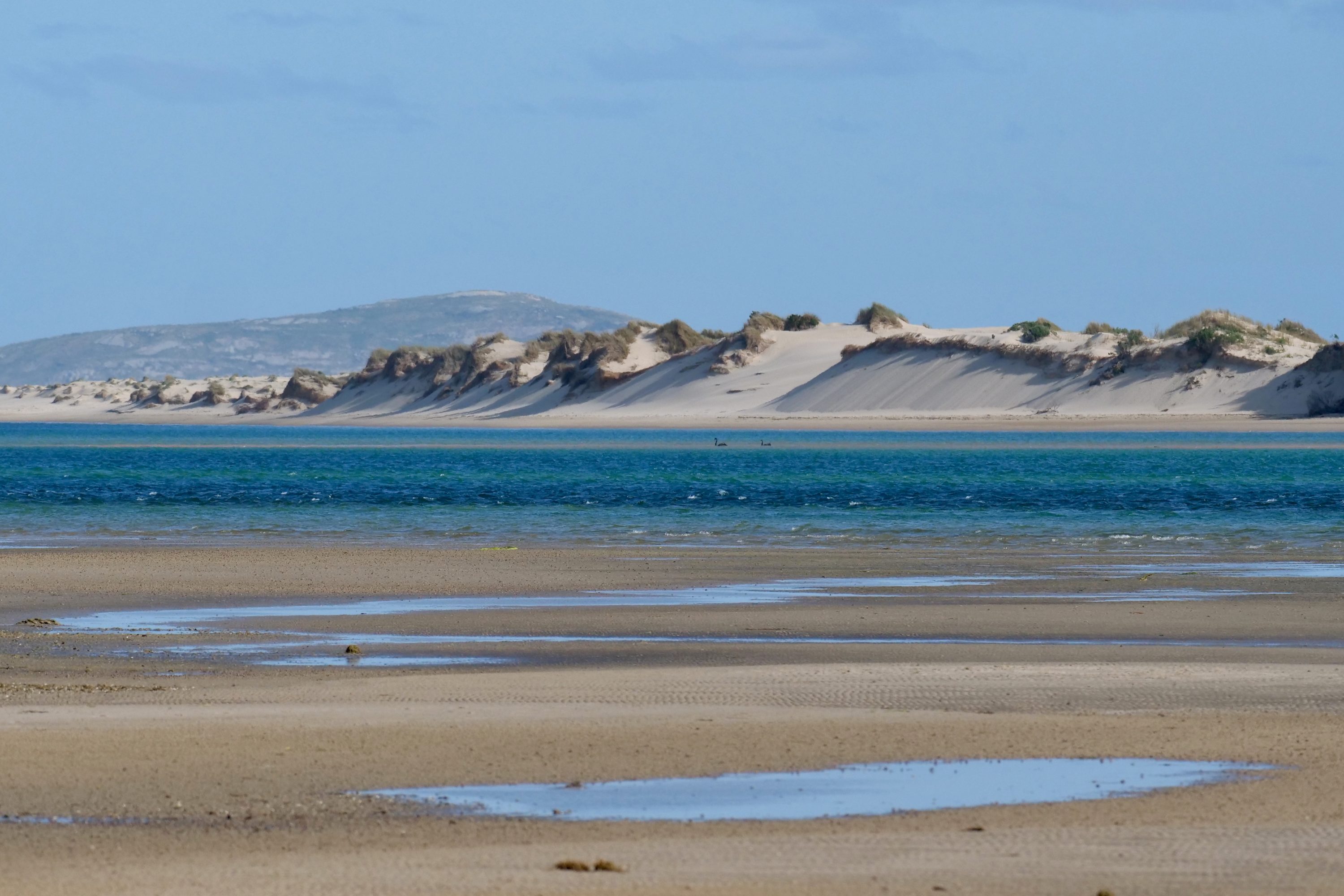After days of almost-continuous rain the clouds suddenly lifted…and the nation’s two highest peaks revealed themselves.
One CommentCategory: photographs
What will happen is the system will crash faster than we realise. Yes, it will reassemble and there will be forests, but they won’t look anything like what we have now. We are going to see this transformation before our eyes…
Comments closedPropithecus diadema – the Diademed Sifaka or Diademed Simpona – is a large, utterly distinctive lemur.
It is critically endangered, but relatively easy to see in the (rapidly diminishing) wild, only a few hours away from Madagascar’s capital city.
The next image will explain why many people regard the Diademed Sifaka as the loveliest lemur.
Comments closedThe former is a popular street tree in Perth.
Generally known as a “Cape Lilac”, it is in fact originally from the Himalayan region.
The latter is an endemic local – a magnificent, endangered bird.
One CommentMadagascar-bound, flying from Australia?
Lucky you!
You’ll be even luckier if you spend some days on Réunion Island, en route; if the natural world is more your world than “resort world”, Réunion and Madagascar are infinitely more rewarding Indian Ocean island destinations than is Mauritius.
Comments closedArguably – metaphorically – when it is Australia’s Murray-Darling, as recently described:
the canary, and the coalmine, for the world when it comes to water stress.
Comments closedOne of the world’s most spectacular volcanic creations, Réunion is young, geologically; the island emerged around three million years ago.
Territorially part of France, Réunion is geographically much closer to Africa.
At 3,069 metres above sea level, Réunion’s Piton Des Neiges is the Indian Ocean’s highest mountain.
One Comment(this little trilogy is best experienced in “1,2,3” order)
Remember the “apparently lifeless” appearance of the tidal flats that dominated this trilogy’s first image?
A closer view shatters that illusion…
Comments closedYesterday’s image offered a wide-angle perspective.
The photo was taken from a crouching position.
Today’s image is the fruit of a much longer lens – in “35 mm camera equivalent” terms, a 400 mm telephoto.
Comments closed